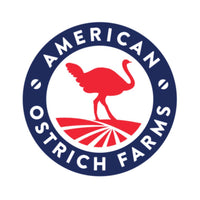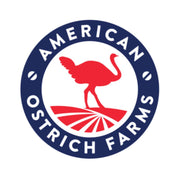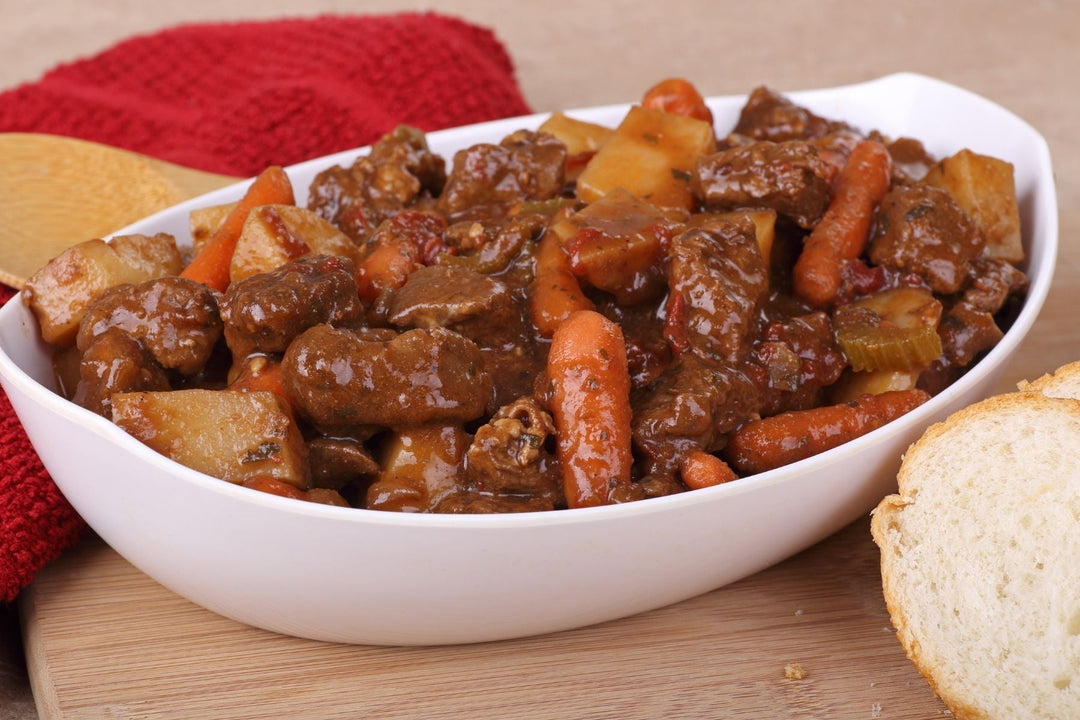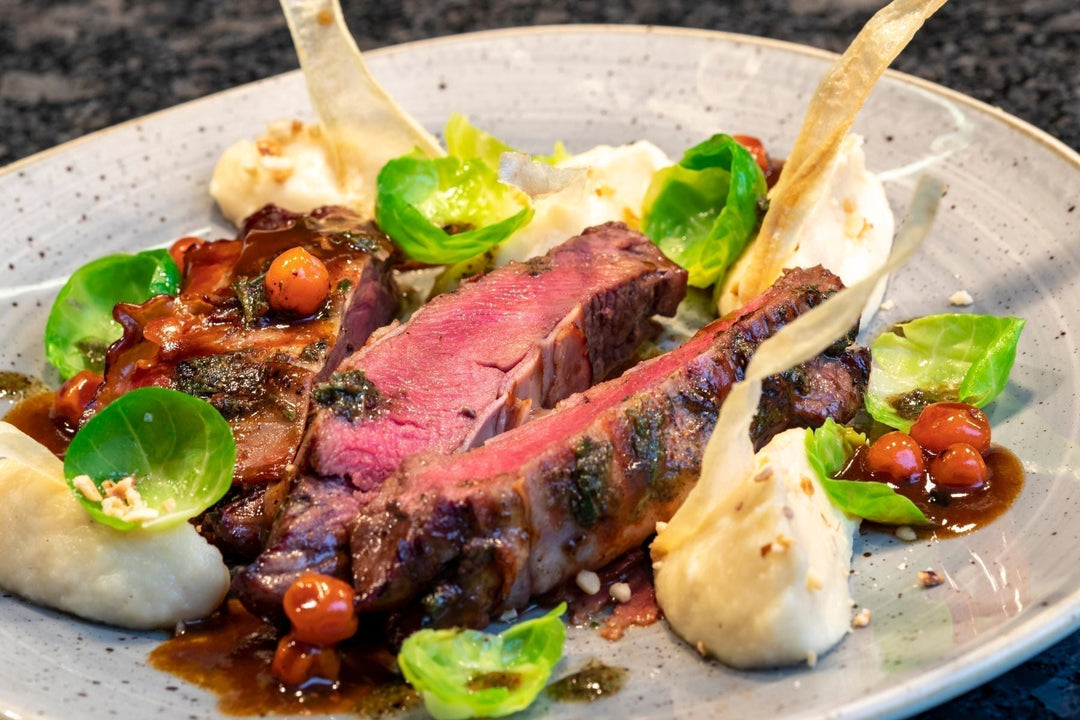At American Ostrich Farms (AOF), we take immense pride in our commitment to producing the highest quality ostrich meat in the industry. Our approach is deeply rooted in the principle of vertical integration, ensuring that every aspect of our operation, from hatch to harvest, is meticulously controlled and executed. This comprehensive control is pivotal to maintaining the superior quality of our products.
OUR SECRET TO EXCELLENCE: VERTICAL INTEGRATION
Vertical integration is at the heart of AOF's operations. Unlike many other farms, we manage every stage of our ostriches' lives within our own facilities. This starts right from the very beginning—at the hatch. Our ostriches are hatched in our state-of-the-art incubation chambers, closely monitored to ensure optimal conditions.
We also operate an on-site USDA processing facility, which not only meets but exceeds standards of hygiene and quality. This proximity of processing facilities eliminates lengthy transportation, reduces stress for the animals, and ensures that the meat remains fresh, tender, and of the highest quality.
SOURCING LOCALLY
AOF's dedication to quality extends beyond our farming practices. Every component of our operation is sourced from the United States, supporting American businesses and reducing our environmental footprint. Even our packaging reflects our commitment to quality and local sourcing. Our mailers, ice packs, and insulation are produced within the US, designed to ensure that our meat reaches you in perfect condition, preserving its freshness and flavor from our farm to your fork.
The feed we use is another cornerstone of our success. We partner with local breweries for local grain to create our own feed. This ensures high quality nutrition designed for our ostriches to not just be healthy, but thrive. An ostrich’s diet directly influences the quality of the meat, making it not only delicious but also rich in nutrients. Sourcing local not only bolsters local economies but also guarantees that we use the freshest and most suitable materials.
THE RESULT
The result of our all-encompassing approach to farming and production is ostrich meat that stands out in the marketplace. By overseeing every step of the process and committing to local sourcing and vertical integration, AOF delivers a product that is unparalleled in taste, quality, and freshness.
At American Ostrich Farms, we are proud to offer a product wholly made in the USA, supporting local economies, minimizing our environmental impact, and setting new standards in the ostrich meat industry. Our commitment to quality from hatch to harvest is not just a business model—it's a guarantee to our customers that they are enjoying the finest ostrich meat available.






